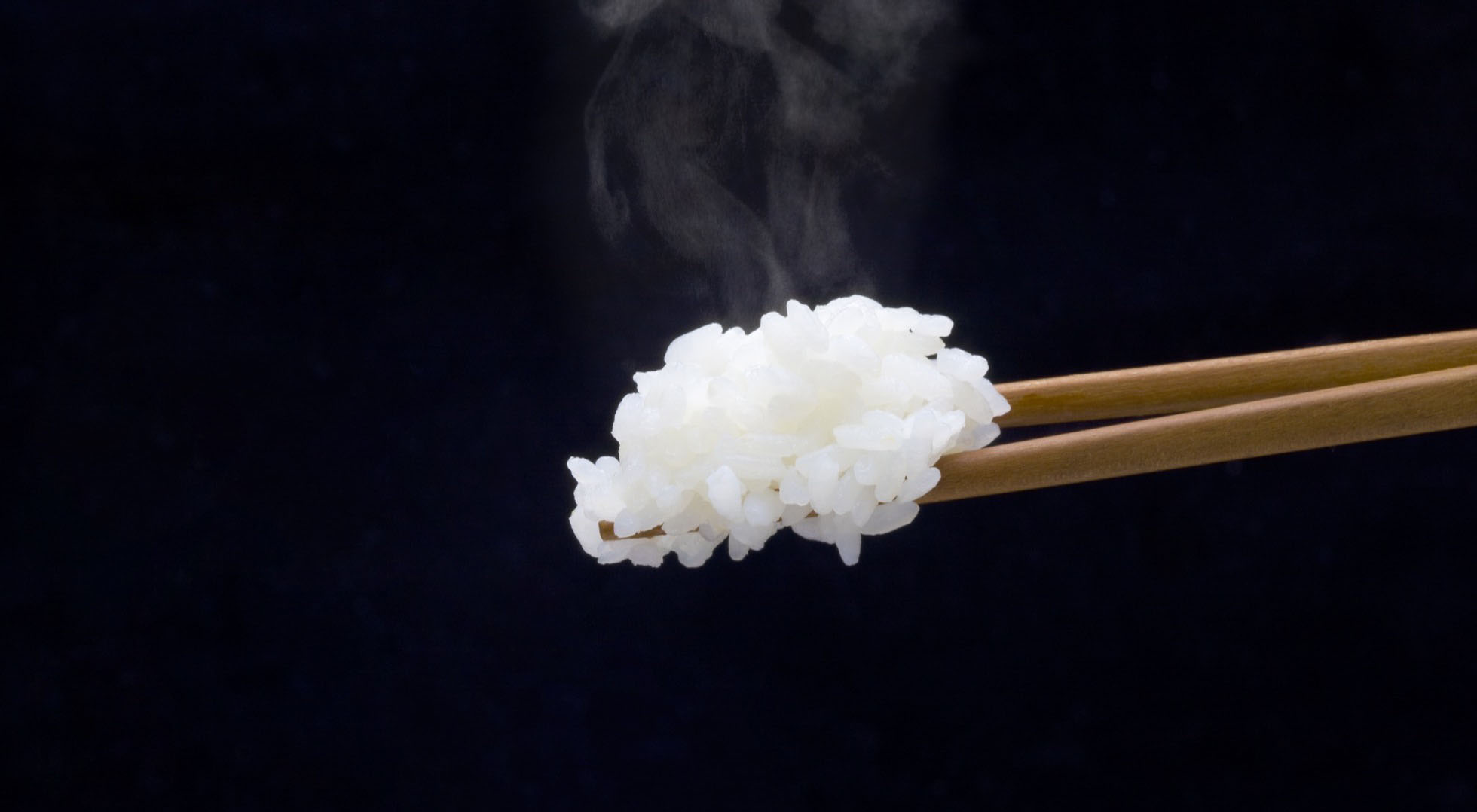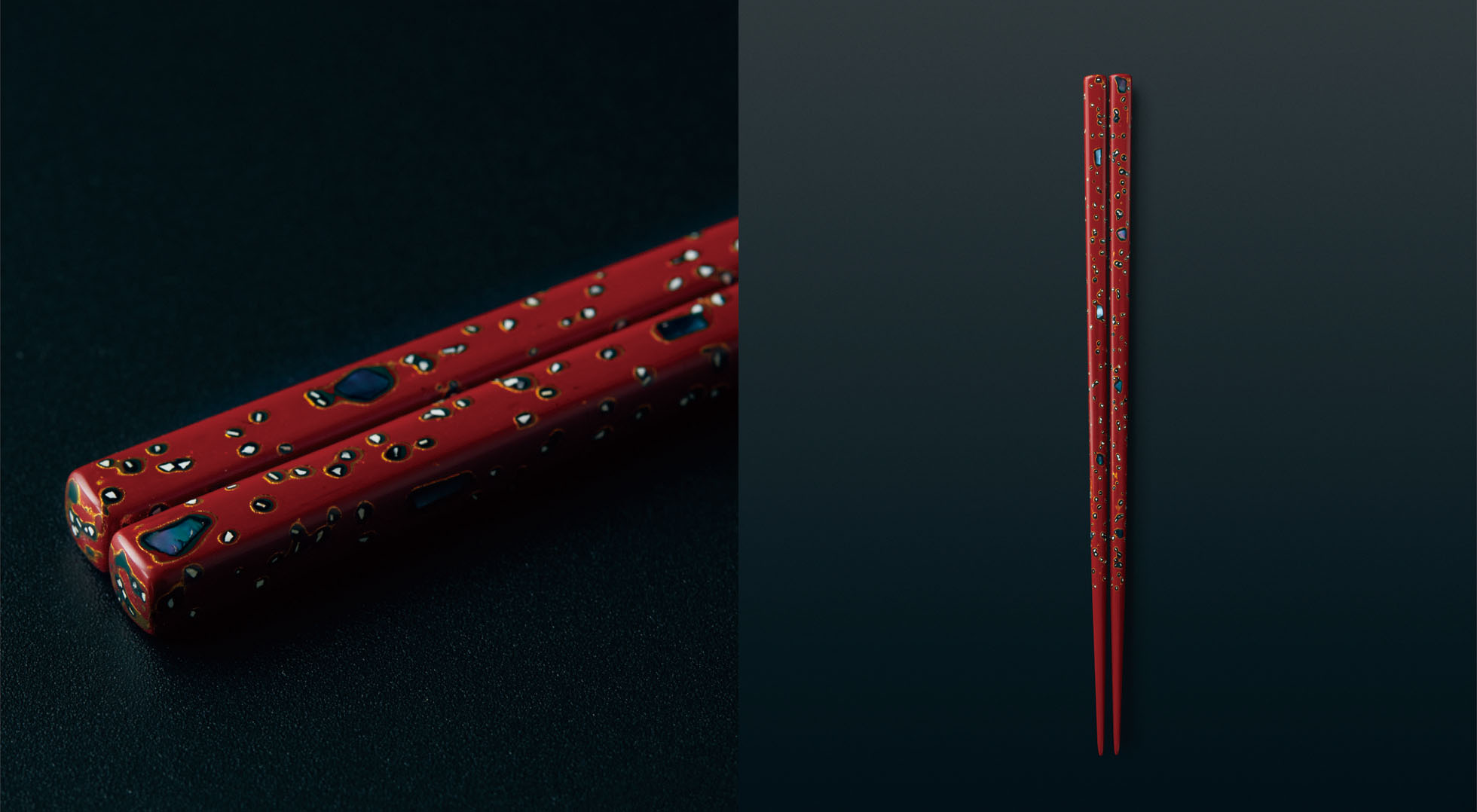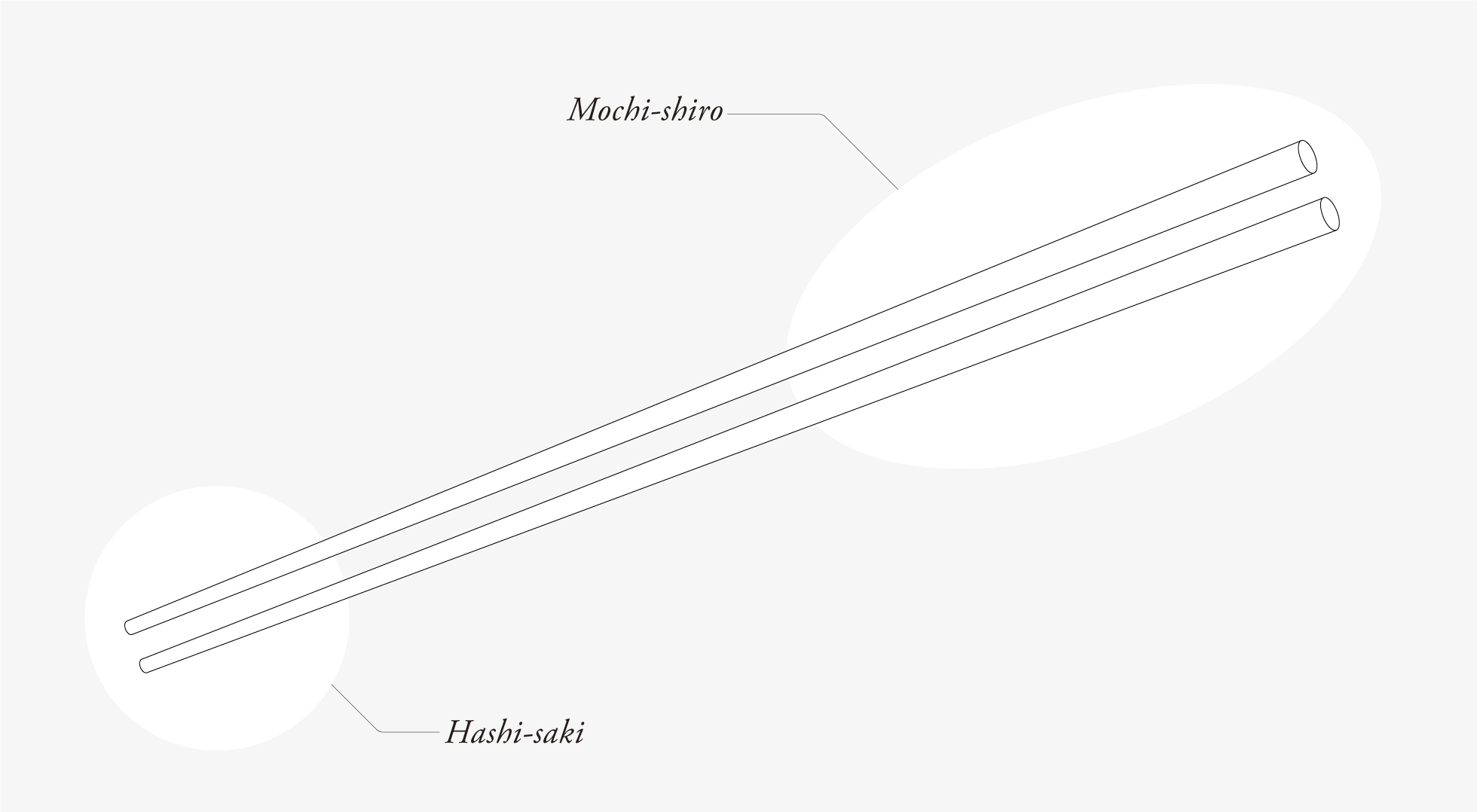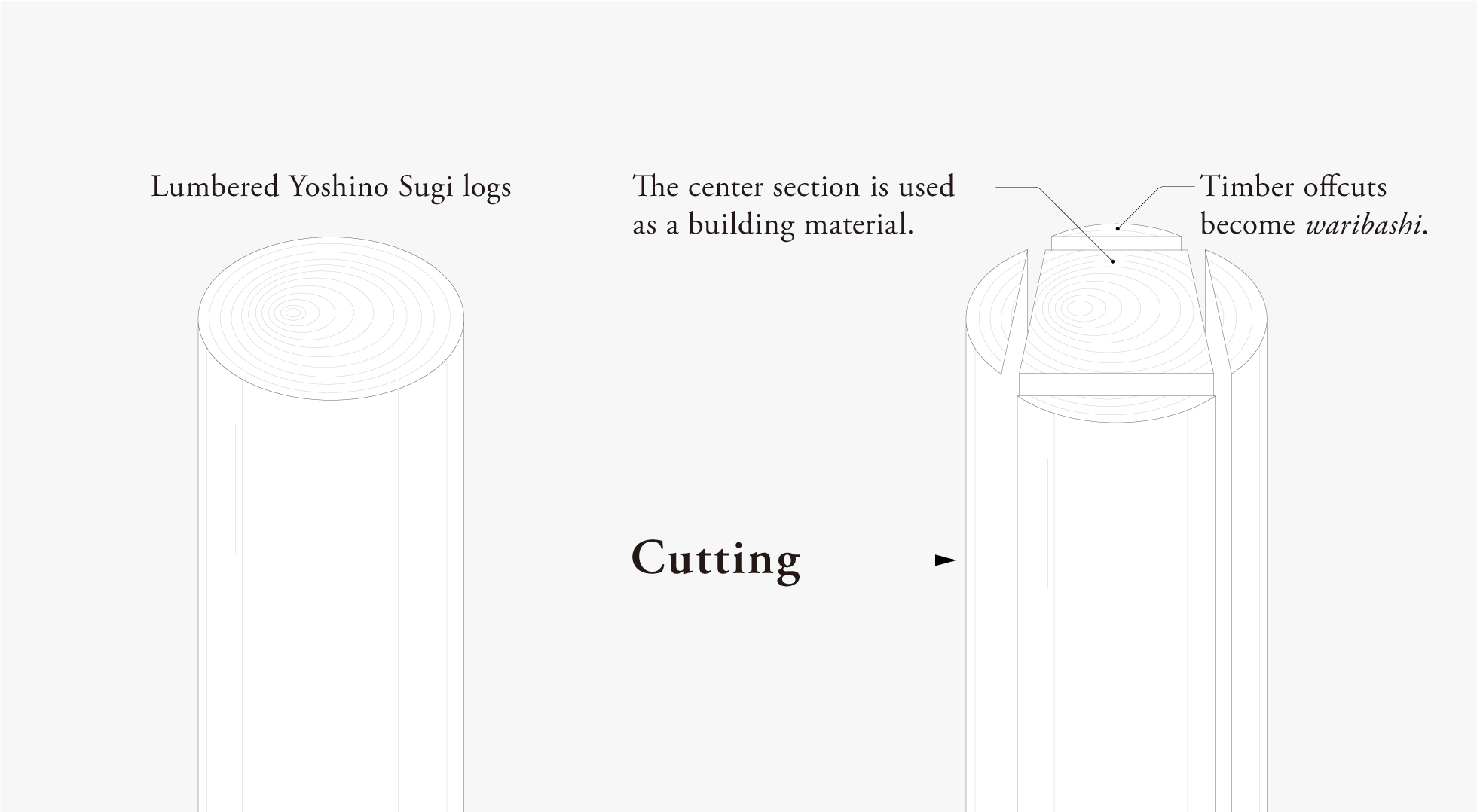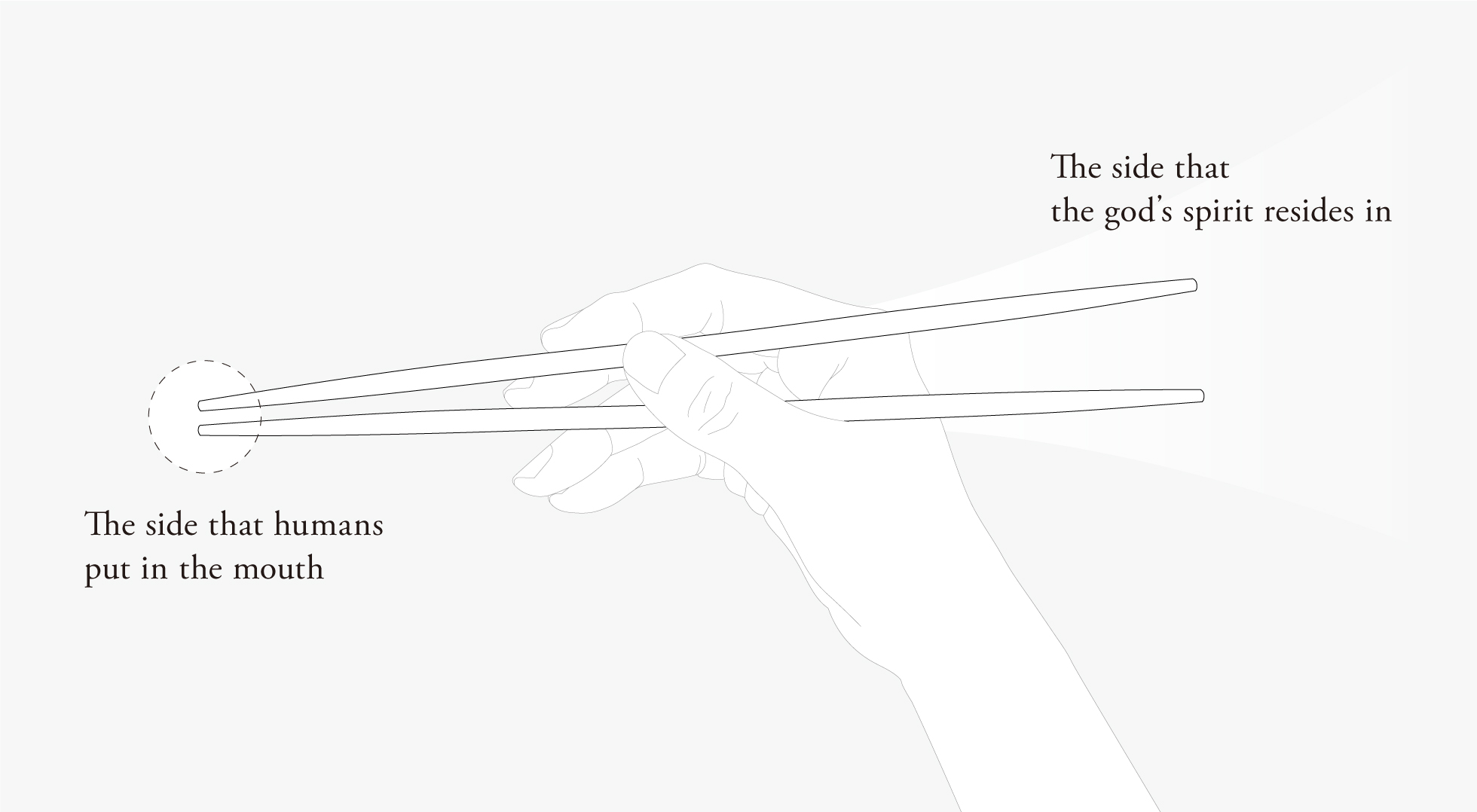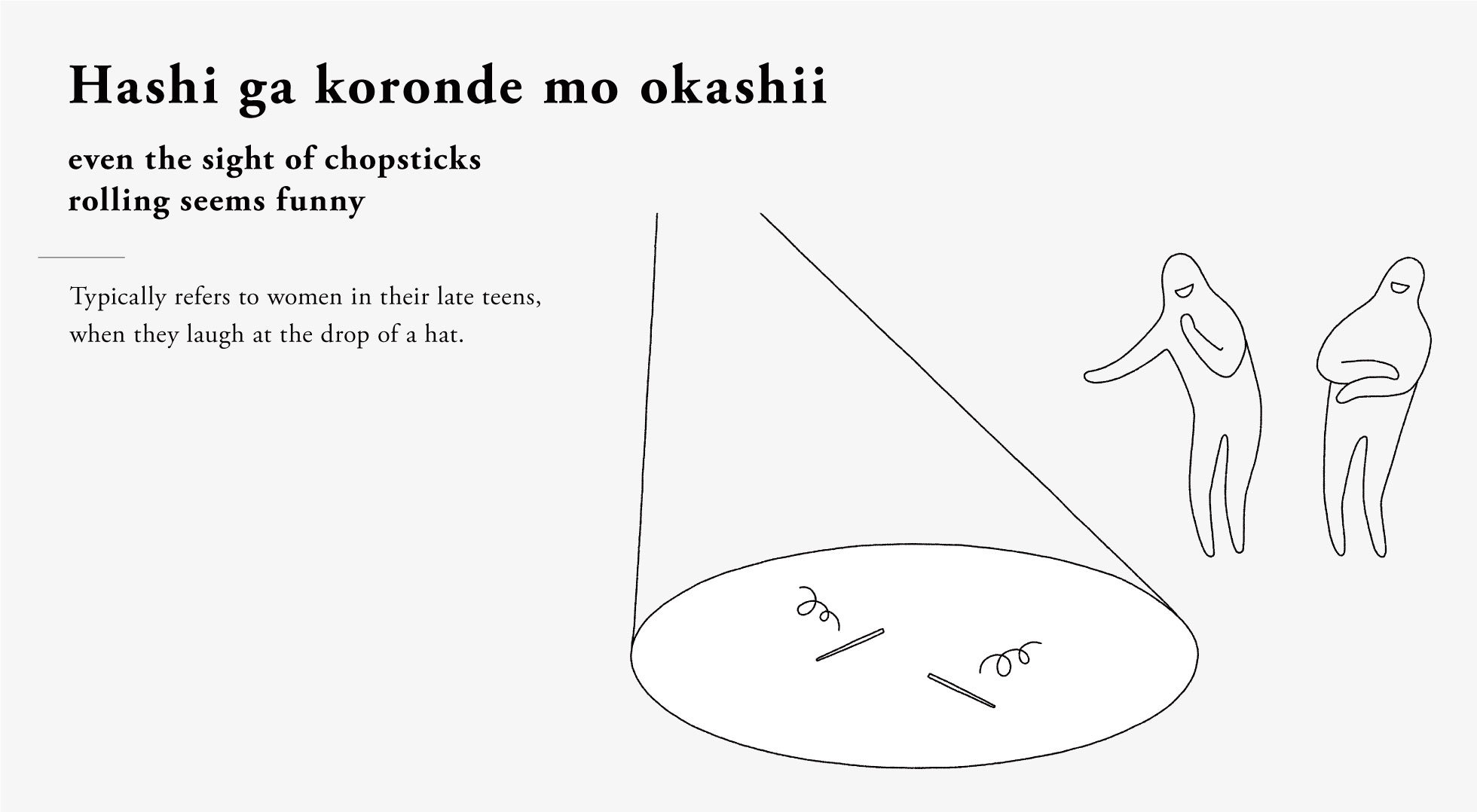-
Wakasa-nuri|Fukui Prefecture
After bits of shells and eggshells are placed on the chopsticks, multiple layers of colored lacquer are applied over them, then sanded and polished.
This is a technique devised by lacquer craftsmen from the Obama Domain of Fukui Prefecture during the Edo period (17c-19c). It started by replicating the underwater scene with the influence of lacquerware production techniques from China.
-
Wakasa-nuri|Fukui Prefecture
After bits of shells and eggshells are placed on the chopsticks, multiple layers of colored lacquer are applied over them, then sanded and polished.
This is a technique devised by lacquer craftsmen from the Obama Domain of Fukui Prefecture during the Edo period (17c-19c). It started by replicating the underwater scene with the influence of lacquerware production techniques from China.
-
Aizu-nuri|Fukushima Prefecture
The Aizu Domain, which governed the production areas, had been a powerful clan at the time. Gold is frequently used in Aizu-nuri chopstick decorations to reflect their power, and this can be seen even today.
Successive domain lords encouraged Aizu-nuri and contributed to the improvement of skills by planting lacquer trees, training craftsmen, and developing markets.
-
Tsugaru kara-nuri|Tsugaru, Aomori Prefecture
Tsugaru kara-nuri uses a technique derived from Wakasa-nuri. Instead of placing shells and eggshells, lacquer is painted on in a spotted pattern in various depths on the chopsticks.
Multiple layers of colored lacquer are applied on top of that, then sanded and polished to bring out the unique layers of colors.
-
Tsugaru nanako-nuri|Tsugaru, Aomori Prefecture
Lacquer is applied to plain wood, then rapeseed is sown. Once dried, the rapeseed is shaken off to create small craters, over which layers of colored lacquer are applied, then polished to create a ring-like pattern.
It is necessary to be highly skilled as the lacquer must be polished evenly to ensure that the contours of the rings are not missing.
-
Murakami Tsuishu|Murakami, Niigata Prefecture
The meaning of tsuishu is to layer lacquer. As its name suggests, the multiple layering of natural lacquer creates a vibrant and impressive red color.
By applying a matted finish at the end, the color becomes more lustrous and vivid with greater use, eventually producing a deep and rich quality.
-
Wajima-nuri|Wajima City, Ishikawa Prefecture
High-end chopsticks that are representative of Japan. Makie (gold or silver lacquer) technique, which is the origin of chinkin (gold-inlaid lacquer) technique in Japan, has been passed down for more than 200 years. Known for the beautiful and brilliant decorations, it takes 20 processes alone for lacquering and a total of 75-124 processes. Six months to a year is needed for the making, which makes the chopsticks extremely durable.
-
Wajima-nuri|Wajima City, Ishikawa Prefecture
High-end chopsticks that are representative of Japan. Makie (gold or silver lacquer) technique, which is the origin of chinkin (gold-inlaid lacquer) technique in Japan, has been passed down for more than 200 years. Known for the beautiful and brilliant decorations, it takes 20 processes alone for lacquering and a total of 75-124 processes. Six months to a year is needed for the making, which makes the chopsticks extremely durable.



